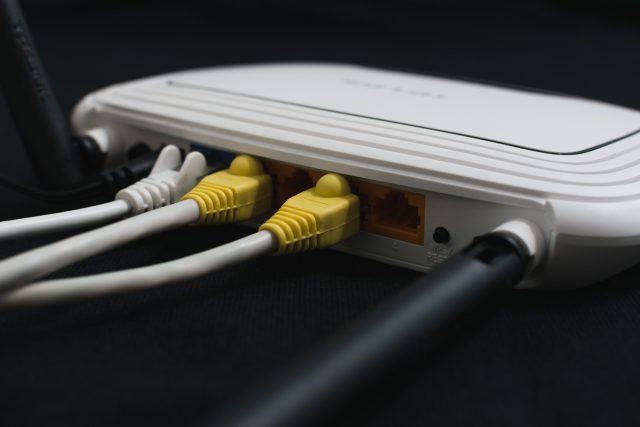Where has my fast internet gone?
So, you’ve had an internet connection with your provider for a while now – they supplied you with a router and generally speaking you’ve been happy with the speed of the connections so far.
That is, up until now, where you’ve noticed websites are loading slower, and your favourite streaming channels are starting to stutter. You load up a speed test website when nobody is using the internet, and everything checks out – you’re getting good speeds according to your provider. So, what could be the problem?
One reason could be that over time, you’ve added more and more computers or devices to your network. If you have family in the house playing online games, watching streaming shows, browsing online and maybe you also have a couple of smart speakers streaming. This all loads up on your internal network’s performance, placing extra computing resources on your router.
Your freely provided modem/router
That little box sat in the corner next to your telephone point, your internet router, is effectively a computer, so the more instructions you throw at it, the more it must deal with. If you throw a lot of work at it, then it is likely to slow down and not do its job of delivering those important packets of information within your internal network efficiently.
In a lot of cases, internet providers send FREE routers to new subscribers, however as we all know free does not equal good! If you’re using a router that is nearly ten years old and are now trying to stream modern HD content to multiple devices, there’s a good chance your router is going to be straining at the seams trying to do its job for you and getting itself stuck as its trying to deal with too many instructions.
The solution
The simple solution to this is to upgrade to a high-quality router with a modern CPU. Of course, there is a cost involved in this, but if you’re paying for a quality internet connection, then hamstringing that with a cheaply built, freely provided router is only going to cause more internet problems for you in the future.
Most routers are simple to set-up so you shouldn’t fear the investment – simply plug it in, browse to the router’s login page, then using the simple set-up enter your ISP username and password and you’re ready to go.
Straight out of the box, you should see speed improvements as your network gets loaded up with traffic. Your new router from a trusted brand with its better computing power and components will more easily be able to meet the demands of your network traffic meaning it’s happy browsing again as all of your network users can get on with their business without the old router choaking under the load.
Extra Benefits
As a side-benefit, just setting up your router on your own should give you that extra bit of experience to make some nice simple network changes that perhaps you didn’t know you could do previously.
- Change your WiFi passwords
- Set-up a guest WiFi (this allows guests to connect to WiFi but denies them access to your network)
- Adjust QoS (quality of service) settings – this allows you to prioritise traffic to specific devices on your network to assure the best level of service when there’s a high traffic load internally, the router will prioritise whichever devices you specify.
- Block access to certain websites, by keyword or URL
- Set WiFi time limits.
Here’s a video from Linus Tech Tips showing how they upgrade a free router to a higher quality Netgear Gaming Router – it’s not a set-up guide by any stretch, but it does show the benefits of an upgrade from a free ISP supplied router.







